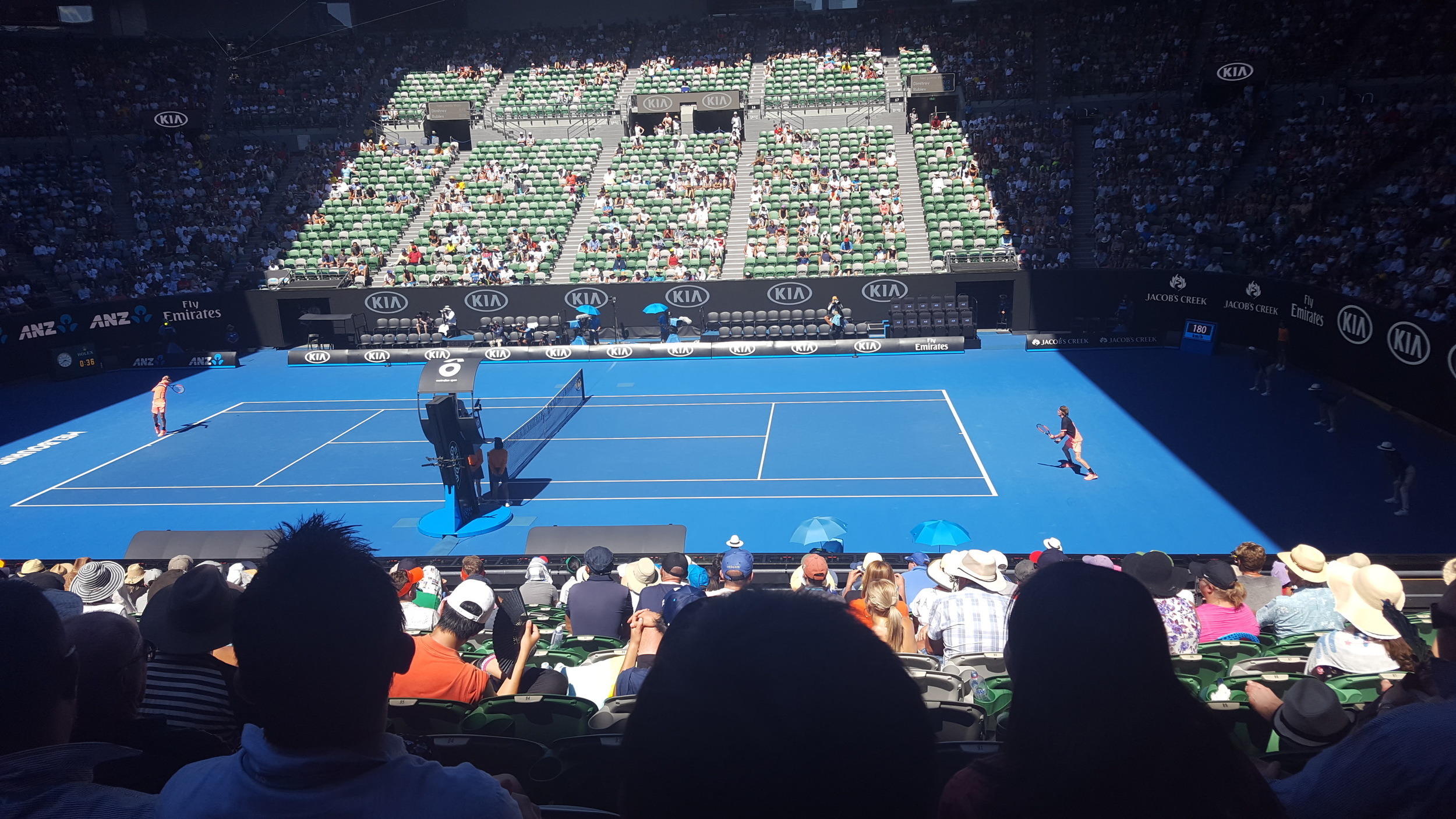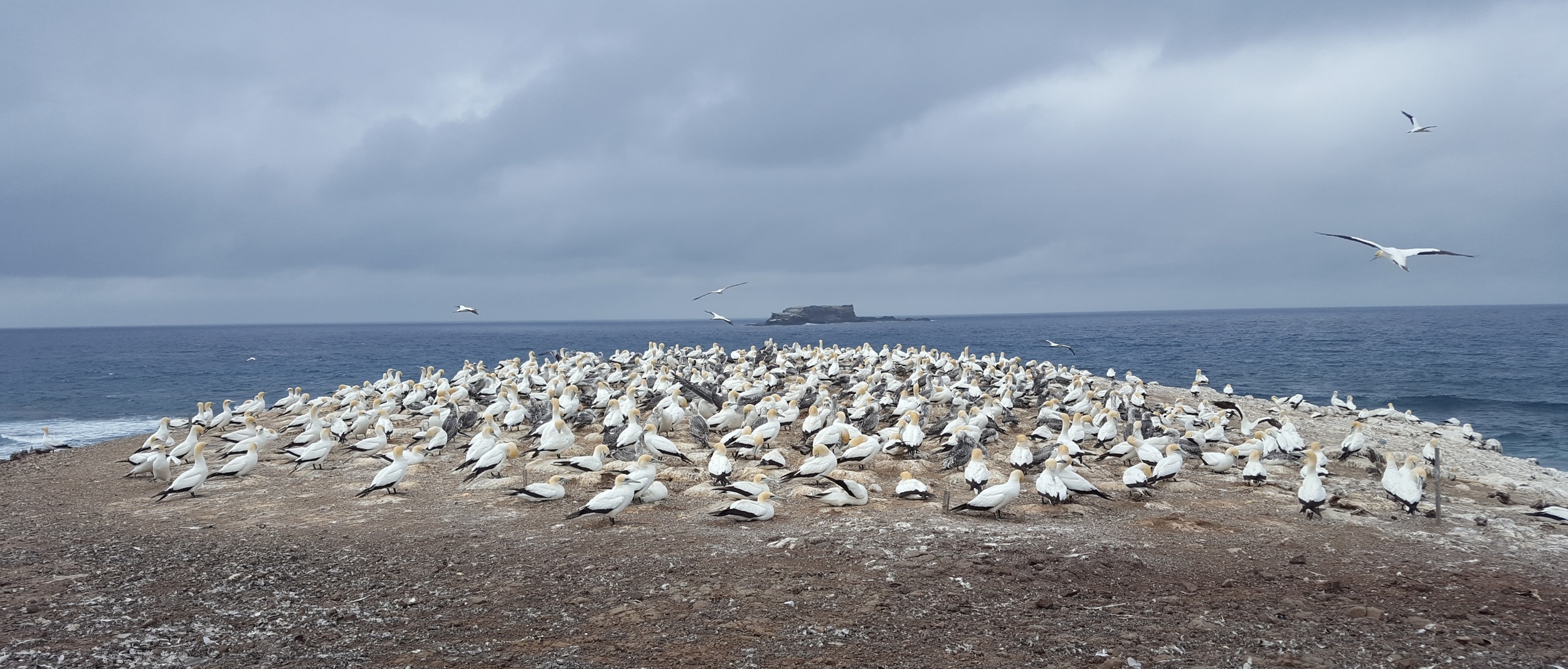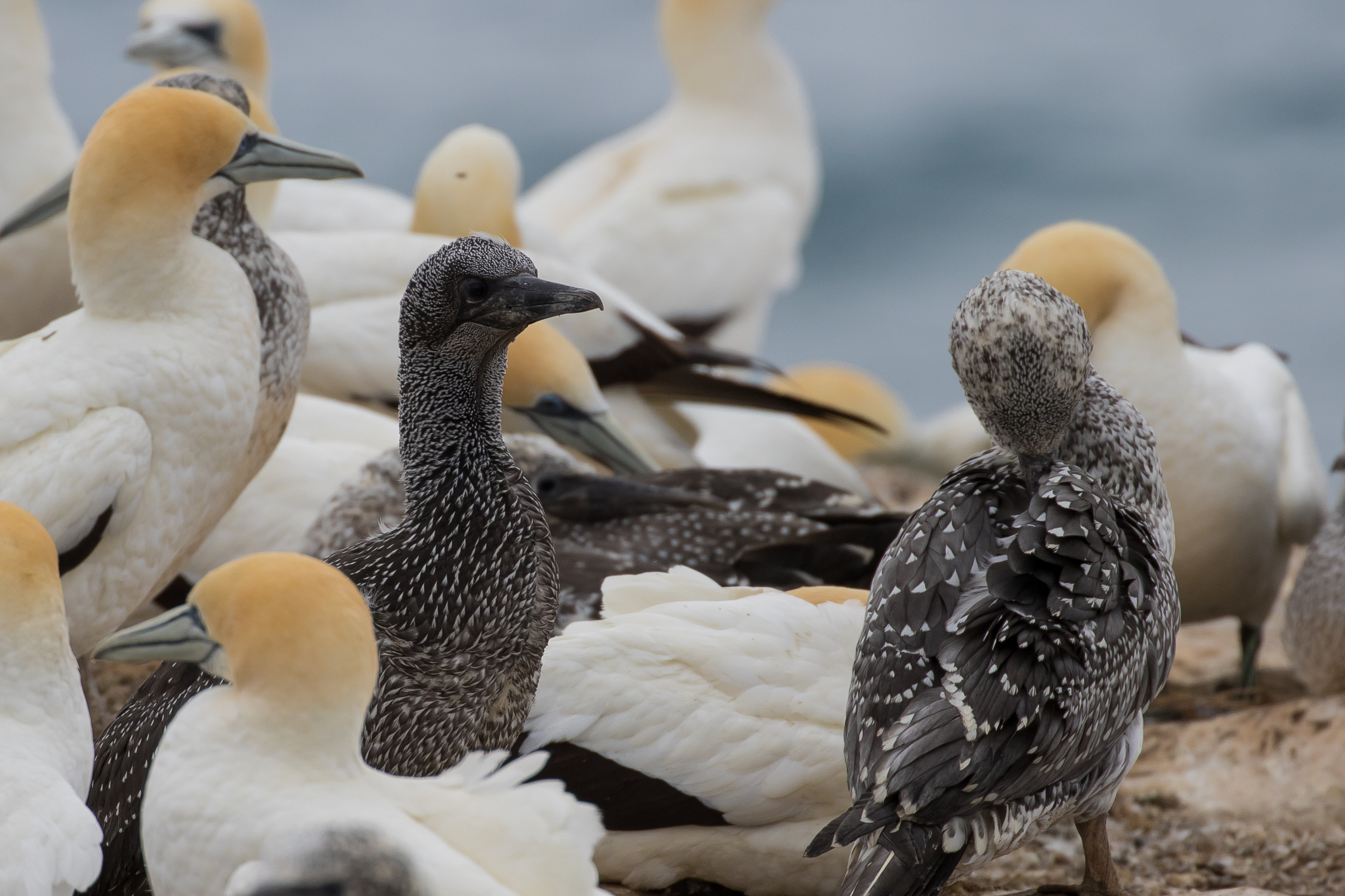I don’t like them. They wet their nests *
I’m falling behind with this blog. So many cool things seen/done – Tasmania, Singapore, UK, Otmoor starlings, Tolderol – and not enough time to write about them or process pics. Hopefully I’ll fill in the gaps over the next few weeks. But in the meantime I decided to bang out this easy tale about some gannets and a lifer.
The weekend before last (20-21st Jan) we “popped over” to Melbourne. This served two purposes: one was to go to the tennis (Erica’s Christmas present) and one was to help Erica get some L-plate hours under her belt so she can finally get her driving licence. For those not in Australia, the (very sensible) law here in SA – and I think in most others states too – is that you have to keep a log of your driving as a learner, and accumulate 75 hours of driving in various conditions before you can sit your test and get your “Ps” (probationary driver status).
So Eri and I shared the slog over to Melbourne, giving her some country road driving experience, and then we enjoyed a day at the tennis together (even tough it was uncomfortably hot).

The drive back was intended to retrace our steps, but our accommodation in Melbourne was scuzzy, so once we had ticked the tennis box, Nikki and Lou had done some shopping, and we’d caught up with a few friends and cuz Paul, we decided to leave Melbourne a day early. We took the pretty route along the Great Ocean Rd for a slightly longer but rather more scenic drive home via Anglesea, Lorne, Otway Range and the Twelve Apostles, followed by Robe and the Coorong once over the border.


Having bailed on our final night in Melbourne we needed somewhere else to stay. The only place we could find that was not stupidly priced and still had some availability was a cheapish motel in Portland. In fact the Whalers’ Rest was clean, comfortable and perfectly adequate for our needs. It also – and this was, I swear, unplanned – a mere 4km from Danger Point, site of the only mainland colony of Gannets in Australia, and also home to a pair of Cape Gannets, the closely related South African cousins of Australasian Gannet (not to mention a potential lifer for me).
Next morning after breakfast I got the troops going and arrived at 10am seeing a Rufous Bristlebird scurry across the track as we approached the small carpark. Here – using a contact made on Facebook – we met Brian (“Sand n Duro”), one of the local volunteers who had generously agreed to rendezvous and escorted us inside the fenced/gated area. We wandered down to within around 20m of the colony where a low electric fence – in theory to keep foxes and cats out – barred the way.

This was the first time I have been up close and personal with a sea bird colony and it was amazing. Even though the girls were there under sufferance, in fact they too appreciated the experience. It was real assault on the senses. There was constant noise, smell of guano and fish in the air, march flies attacking any bare skin they could find and birds cruising in and out. On the wing they are almost the size of mollymawks (the family small/medium-sized albatross), incredibly graceful on their long wings, and really very attractive looking when viewed close up – white body and neck feathers grading into a subtle yellow nape and crown, neat black facial markings emphasizing their sky blue eyes. The adults mate for life and on returning to the nest indulge in various neck rubbing and other “cuddling”. I never did get the quintessential pic of a pair with their necks entwined that I craved. A crop from the cover photo above is the closest I came.



After a few minutes Brian commented that if we looked hard we’d be able to find a single chick that was much darker then the rest, almost black. This is the Cape Gannet chick. Nikki was first to find it, but once she pointed in the right direction I could see it standing out from the others. Even in this plumage the much larger dark gular stripe of Cape Gannet was visible in the binoculars. This chick has in fact been abducted by the pair of Australasian Gannets on the next door nest and is being raised by them!

Brian’s commentary and various gannet-factoids kept the girls entertained for a while but eventually the smell and the flies had them beating a retreat the car. “Take as much time as you need” were Nikki’s last words, but I knew she didn’t really mean that! And we had to back in Adelaide early evening so I knew I couldn’t dawdle. Fortunately after 15min an adult Cape Gannet cruised over. Brian picked it up on its deeper call (“South African accent”) and sure enough it circled around and I could see the two key visually useful id features, a black tail (use with caution because immature Australsian also have an all-black terminal band) and a longer and much more prominent black gular stripe. It landed on a nest right next to the Cape chick, announcing its presence to all and sundry. It was an odd sight to see the chick, hunger-excited by the return of one of its biological parents, being ignored by the adult because it was on the wrong nest.



The remainder of our drive, which we took via Robe and The Coorong was uneventful, Eri and I sharing the driving again. I might have to get her to do more — not only was it more relaxing for me, her more cautious and smooth style dropped our fuel consumption by nearly 2l/100km compared with my long-term average! 🙂
* The expurgated version of Olsen’s Standard Book of British Birds features no gannets, no nuthatches and no robins

